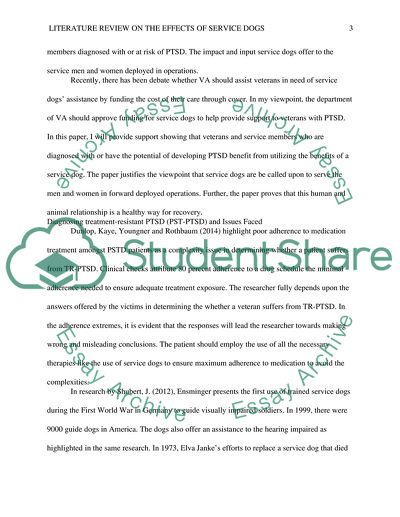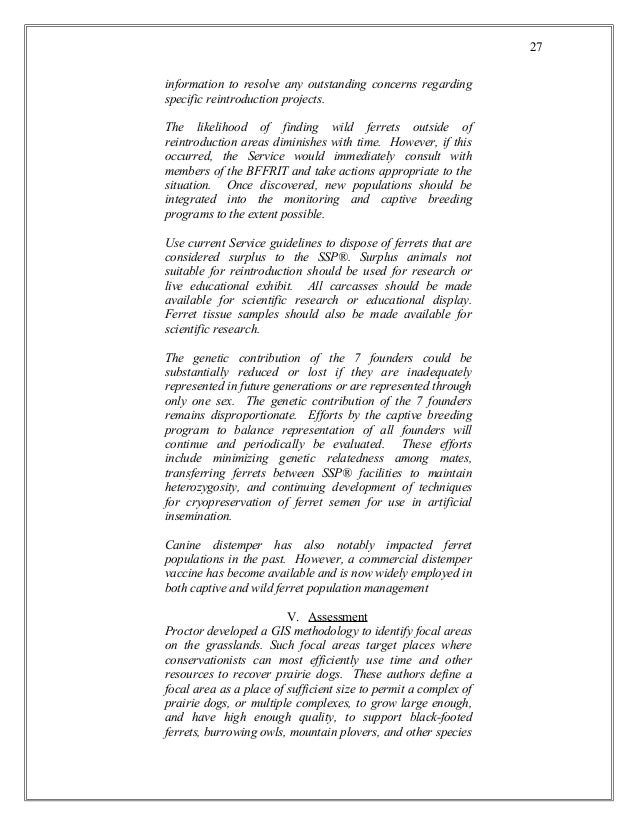
Correction
· The present paper addresses the potential benefits, concerns, and challenges of accommodating dogs in the workplace and highlights several factors and requisite conditions that can be considered by employers, employees, and human resource personnel when deciding to accept a dog in the workplace Facility dogs receive special training and may be used for AAA, AAE, or AAT. These animals do not have special rights of access in public unless they are accompanying or supporting a person with a disability. Although many different types of animals can be used for therapeutic purposes, in this paper, the authors only included studies that used 6 Pages 6 Works Cited Open Document At first sight, service dogs look like any other dog. They are furry. They walk on all fours. They have a tail. But they have many differences from other dogs. Service dogs are well behaved and are obedient. They wear clothing that no other dog wears such as a vest to make people aware that they are service dogs

1. Types of Dogs in the Workplace
Multiple Perspectives on Service Animals in Society Arthur W. Blaser, Professor, Departments of Peace Studies and Political Science, Chapman University 1 University Drive Orange, CA () Blaser@blogger.com This paper explores alternative strategies for taking service dogs seriously · A majority of studies (18/27; 67%) assessed outcomes from mobility service dogs for individuals with physical disabilities. These 18 studies recruited study populations with a range of physical impairments including para- or quadriplegia, musculoskeletal disorders, and neuromuscular disorders Facility dogs receive special training and may be used for AAA, AAE, or AAT. These animals do not have special rights of access in public unless they are accompanying or supporting a person with a disability. Although many different types of animals can be used for therapeutic purposes, in this paper, the authors only included studies that used
Evolutionary Anthropology
· A majority of studies (18/27; 67%) assessed outcomes from mobility service dogs for individuals with physical disabilities. These 18 studies recruited study populations with a range of physical impairments including para- or quadriplegia, musculoskeletal disorders, and neuromuscular disorders · The present paper addresses the potential benefits, concerns, and challenges of accommodating dogs in the workplace and highlights several factors and requisite conditions that can be considered by employers, employees, and human resource personnel when deciding to accept a dog in the workplace Service dogs were developed after World War 1. A school in Germany trained German Shepherds to guide blinded veterans of the war. However, the school did not stay in existence for very long. Dorothy Harrison Eustis was a wealthy Philadelphian who experimented with the training of the German Shepherds as working dogs

Recommended
Service dogs were developed after World War 1. A school in Germany trained German Shepherds to guide blinded veterans of the war. However, the school did not stay in existence for very long. Dorothy Harrison Eustis was a wealthy Philadelphian who experimented with the training of the German Shepherds as working dogs Multiple Perspectives on Service Animals in Society Arthur W. Blaser, Professor, Departments of Peace Studies and Political Science, Chapman University 1 University Drive Orange, CA () Blaser@blogger.com This paper explores alternative strategies for taking service dogs seriously 6 Pages 6 Works Cited Open Document At first sight, service dogs look like any other dog. They are furry. They walk on all fours. They have a tail. But they have many differences from other dogs. Service dogs are well behaved and are obedient. They wear clothing that no other dog wears such as a vest to make people aware that they are service dogs

Secondary Menu
· A majority of studies (18/27; 67%) assessed outcomes from mobility service dogs for individuals with physical disabilities. These 18 studies recruited study populations with a range of physical impairments including para- or quadriplegia, musculoskeletal disorders, and neuromuscular disorders 6 Pages 6 Works Cited Open Document At first sight, service dogs look like any other dog. They are furry. They walk on all fours. They have a tail. But they have many differences from other dogs. Service dogs are well behaved and are obedient. They wear clothing that no other dog wears such as a vest to make people aware that they are service dogs Service dogs were developed after World War 1. A school in Germany trained German Shepherds to guide blinded veterans of the war. However, the school did not stay in existence for very long. Dorothy Harrison Eustis was a wealthy Philadelphian who experimented with the training of the German Shepherds as working dogs
No comments:
Post a Comment